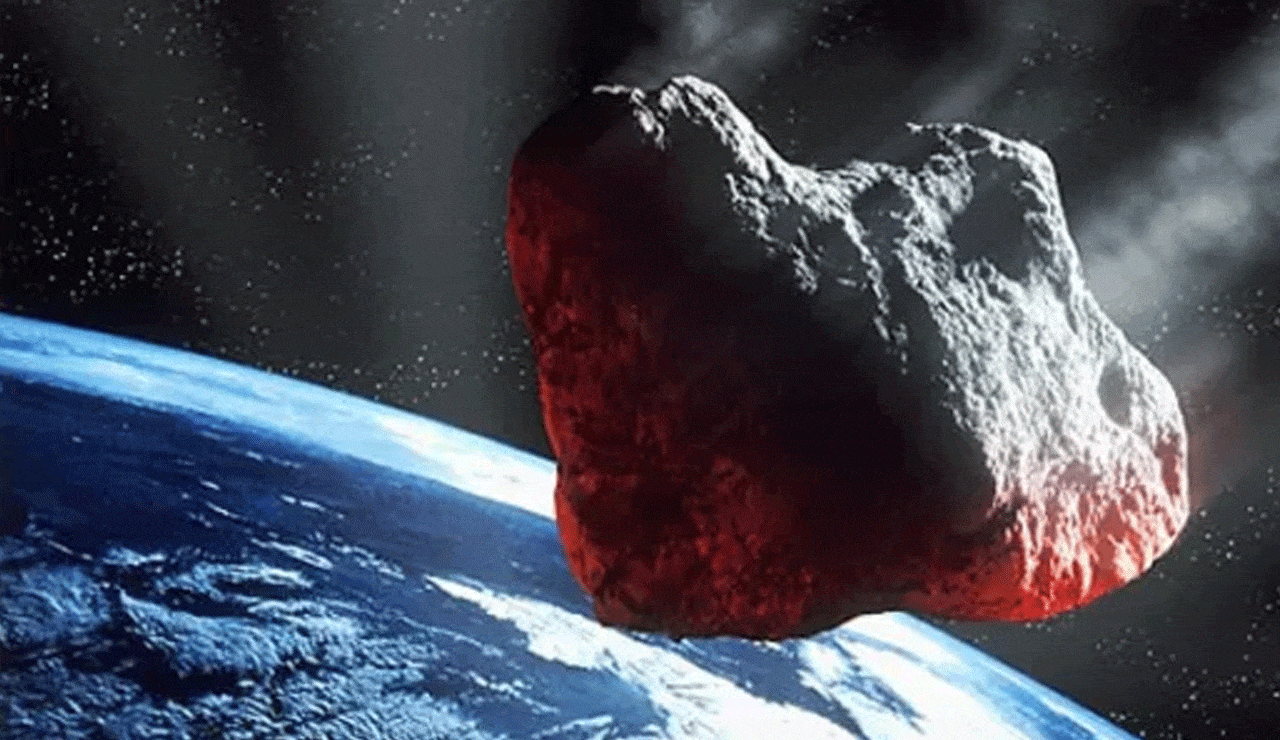The Clock is Ticking: How Dangerous Is Asteroid 2014 TN17’s March 26 Flyby?
Astronomers are closely monitoring Asteroid 2014 TN17, a celestial body from the Apollo group, as it makes its closest approach to Earth. This asteroid, which has sparked scientific curiosity due to its size and path, is expected to fly by Earth soon.

Astronomers are closely monitoring Asteroid 2014 TN17, a celestial body from the Apollo group, as it makes its closest approach to Earth. This asteroid, which has sparked scientific curiosity due to its size and path, is expected to fly by Earth soon. While there’s no immediate threat, the event has drawn attention to the potential risks and significance of such cosmic visitors.
Table of Contents
When Will Asteroid 2014 TN17 Come Close to Earth?
Asteroid 2014 TN17 will pass by Earth on March 26 at 5:04 p.m. IST, coming as close as 5 million kilometers (about 13 times the distance between the Earth and the Moon). Although this distance is considerable, it is still noteworthy for astronomers, who are keeping a close watch on the asteroid due to its size and trajectory.
Understanding the Apollo Group Asteroid
Asteroid 2014 TN17 belongs to the Apollo group, a category of asteroids whose orbits cross the Earth’s path. While the majority of Apollo asteroids pass by without causing any harm, even slight deviations in their paths—due to gravitational forces or potential collisions with space debris—could have significant consequences. The unpredictable nature of these space rocks makes them a key subject of study for scientists.
What If Asteroid 2014 TN17 Strikes Earth?
In the unlikely event of an asteroid like 2014 TN17 striking Earth, the consequences would be catastrophic. A collision of this magnitude would release energy equivalent to multiple nuclear bombs, with the potential to destroy cities, spark massive fires, and disrupt global climate patterns.
Also Read: White House Mistakenly Shares Yemen War Plan in Group Chat, Sparks Controversy
The Tunguska Explosion: A Warning from the Past
The potential devastation caused by an asteroid impact is not merely theoretical. In 1908, the Tunguska explosion in Siberia was caused by the impact of an asteroid that was approximately half the size of Asteroid 2014 TN17. The explosion leveled around 2,000 square kilometers of forest, and if such an event were to occur over a densely populated area today, the outcome would be disastrous.
While the likelihood of Asteroid 2014 TN17 colliding with Earth is extremely low, astronomers continue to study its trajectory and the behaviors of other asteroids in order to better understand the risks and take preventive measures should the need arise.
